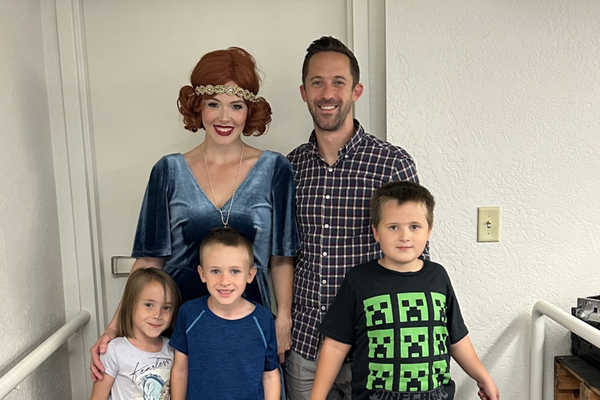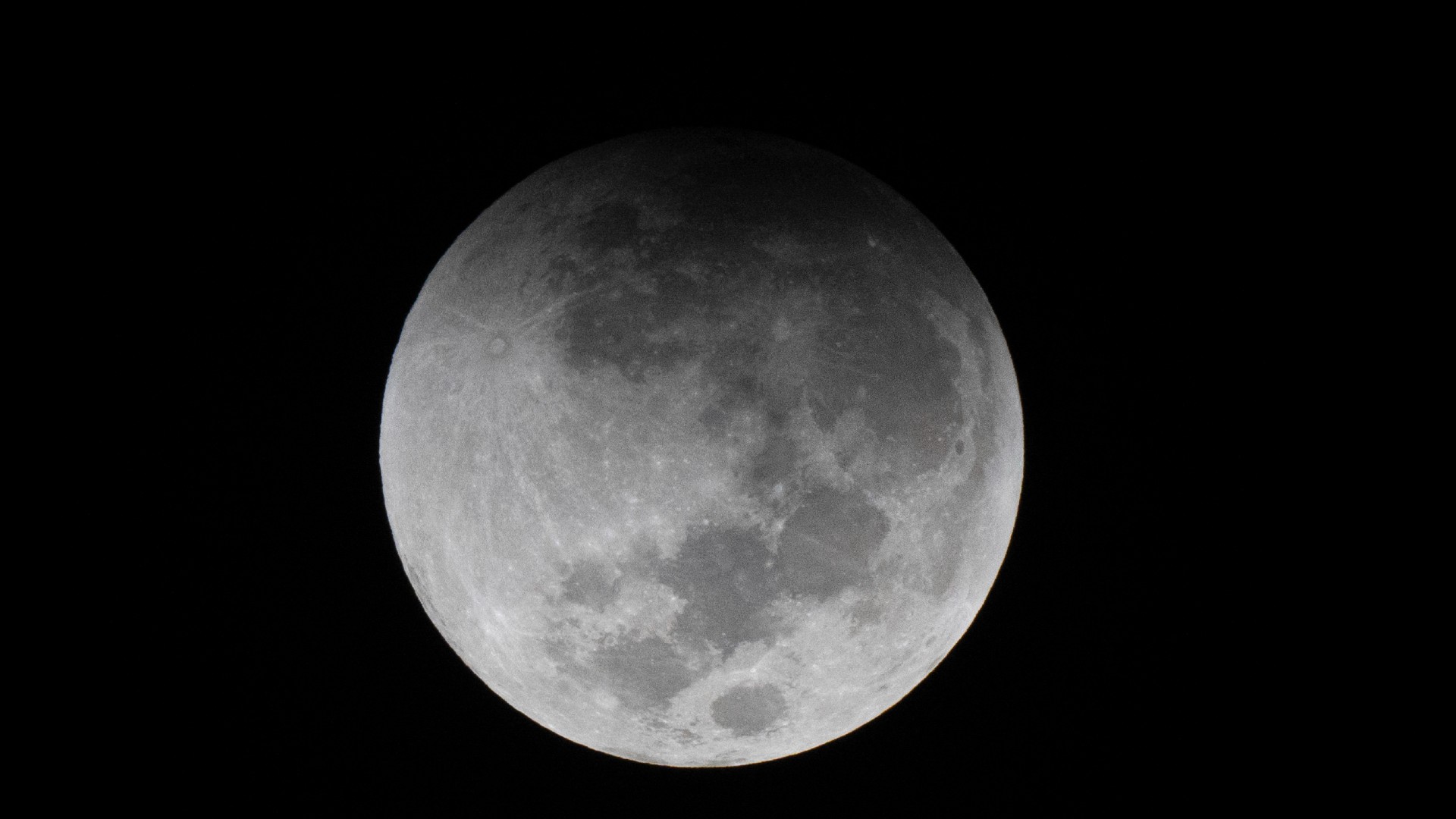
The Full Harvest Moon of September 2024 will be a special one.
All full moons are impressive sights on their own, but this week's Full Harvest Moon will be especially noteworthy. In addition to being a slightly larger-than-average "supermoon," September's full moon will also experience a partial lunar eclipse when it rises on the evening of Sept. 17.
The partial lunar eclipse will be visible from most of North America, all of South America, Europe, all but the easternmost parts of Africa, western portions of Asia and Russia, and parts of Antarctica.
If you are unable to watch the lunar eclipse in person you can watch all the action unfold online here on Space.com. We have rounded up several livestreams that are showing the Super Harvest Moon lunar eclipse on Sept. 17.
"Supermoon" is a non-astronomical term that describes a full moon that occurs when the moon is at or close to perigee, the closest approach to Earth in its slightly elliptical orbit. During these times, the moon can appear a bit larger in the sky, although the difference can be difficult to notice with the naked eye for most observers.
September's Full Harvest Moon is the second of four consecutive supermoons this year, following August's Supermoon Blue Moon.
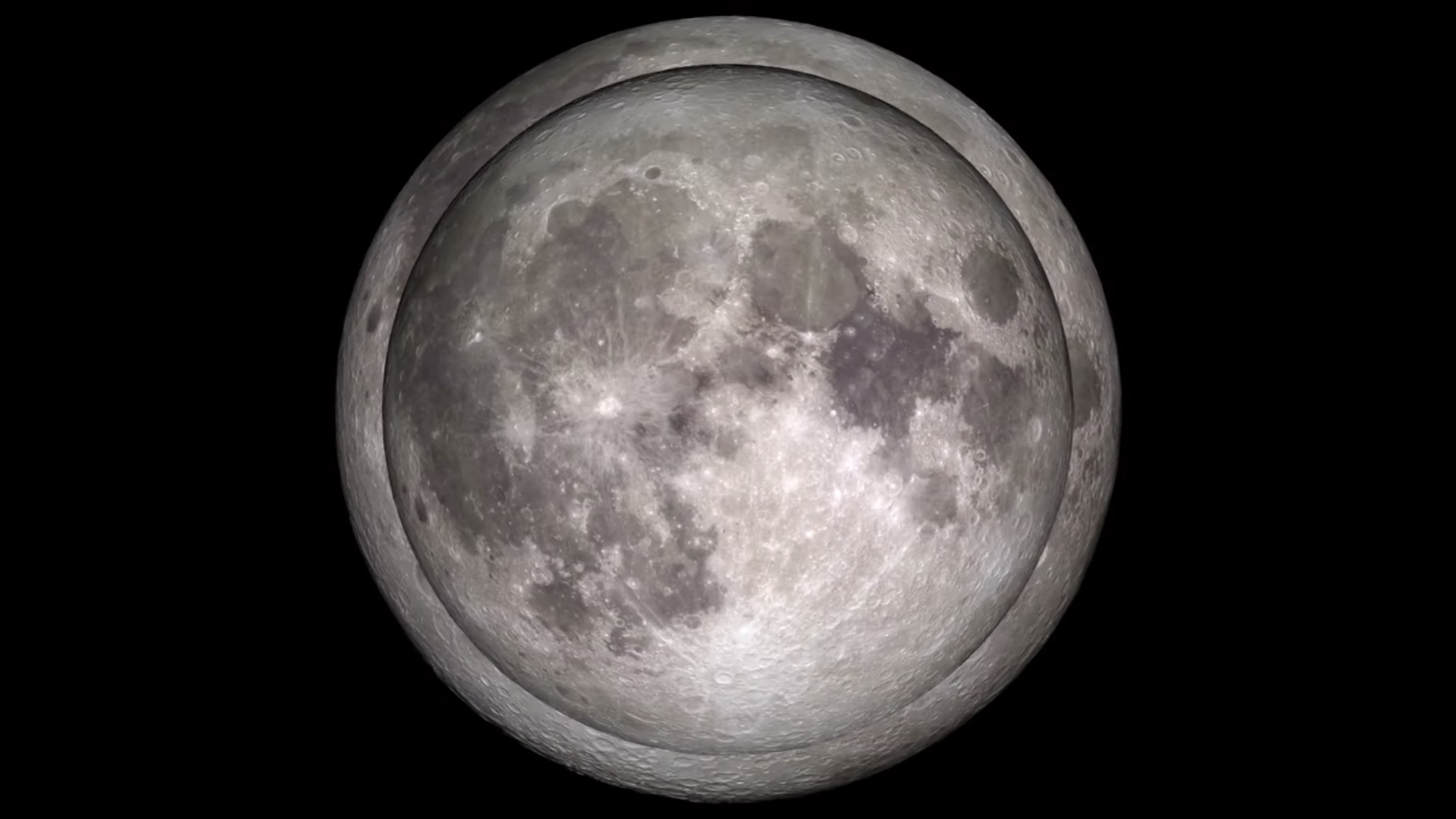
Lunar eclipses occur when Earth passes in between the sun and the moon, casting its shadow on our natural satellite.
These eclipses also offer a handy visible reminder of Earth's spherical shape to those of us on the ground, as the umbra forms a curve on the visible disk of the moon.
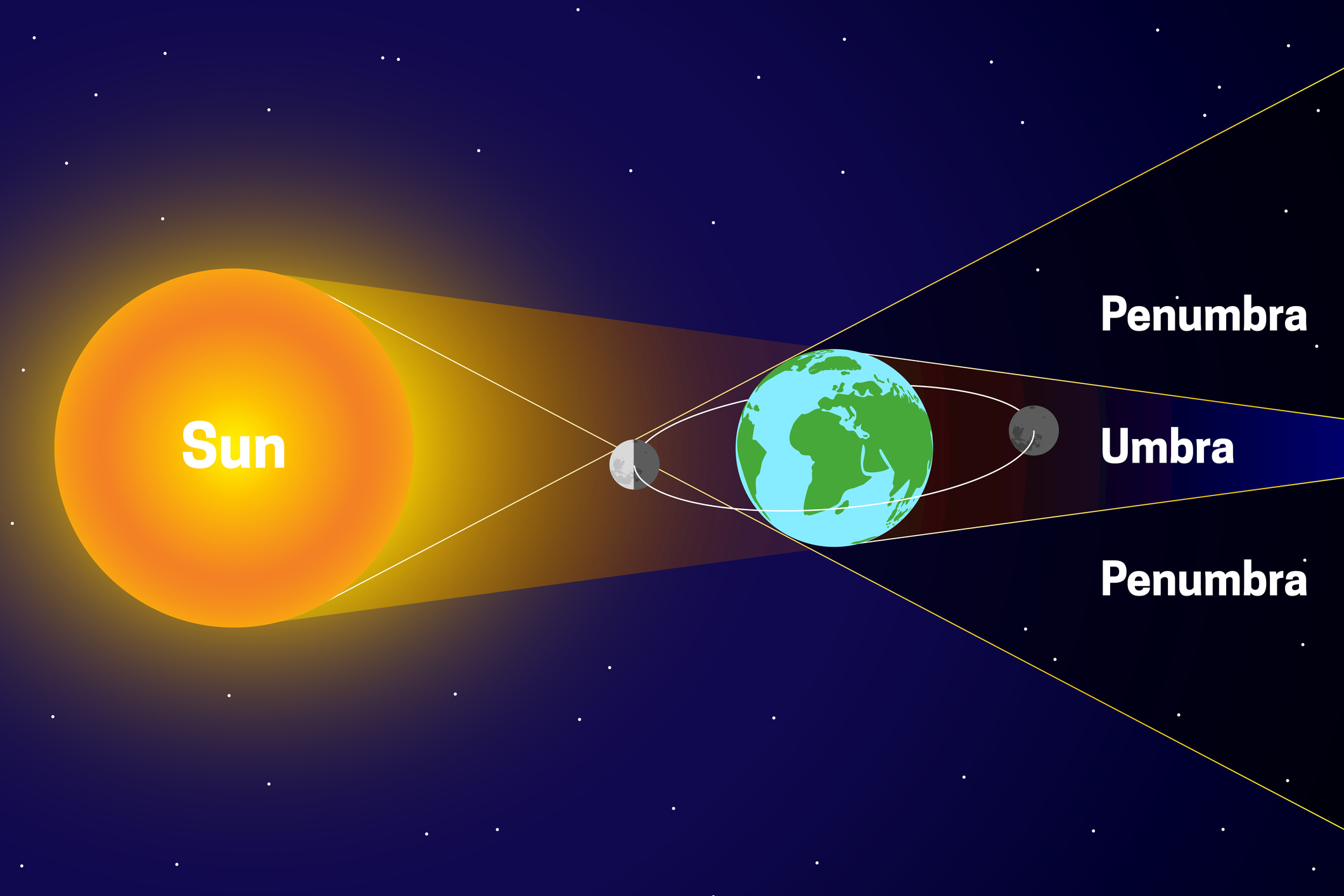
This lunar eclipse is unfortunately a slight one; only the upper portion of the moon will be plunged into the darkest part of Earth's shadow, known as the umbra. Still, the partial lunar eclipse should provide some interesting contrast on craters and other features on the lunar surface to those with telescopes or binoculars.
Aside from the small darkened portion at the top of the moon's disk, most of the visible lunar disk will be in Earth's penumbra, the lighter portion of the planet's shadow that does not entirely block the sun's light. This will give most of the moon a reddish-brown, slightly "smudged" appearance.
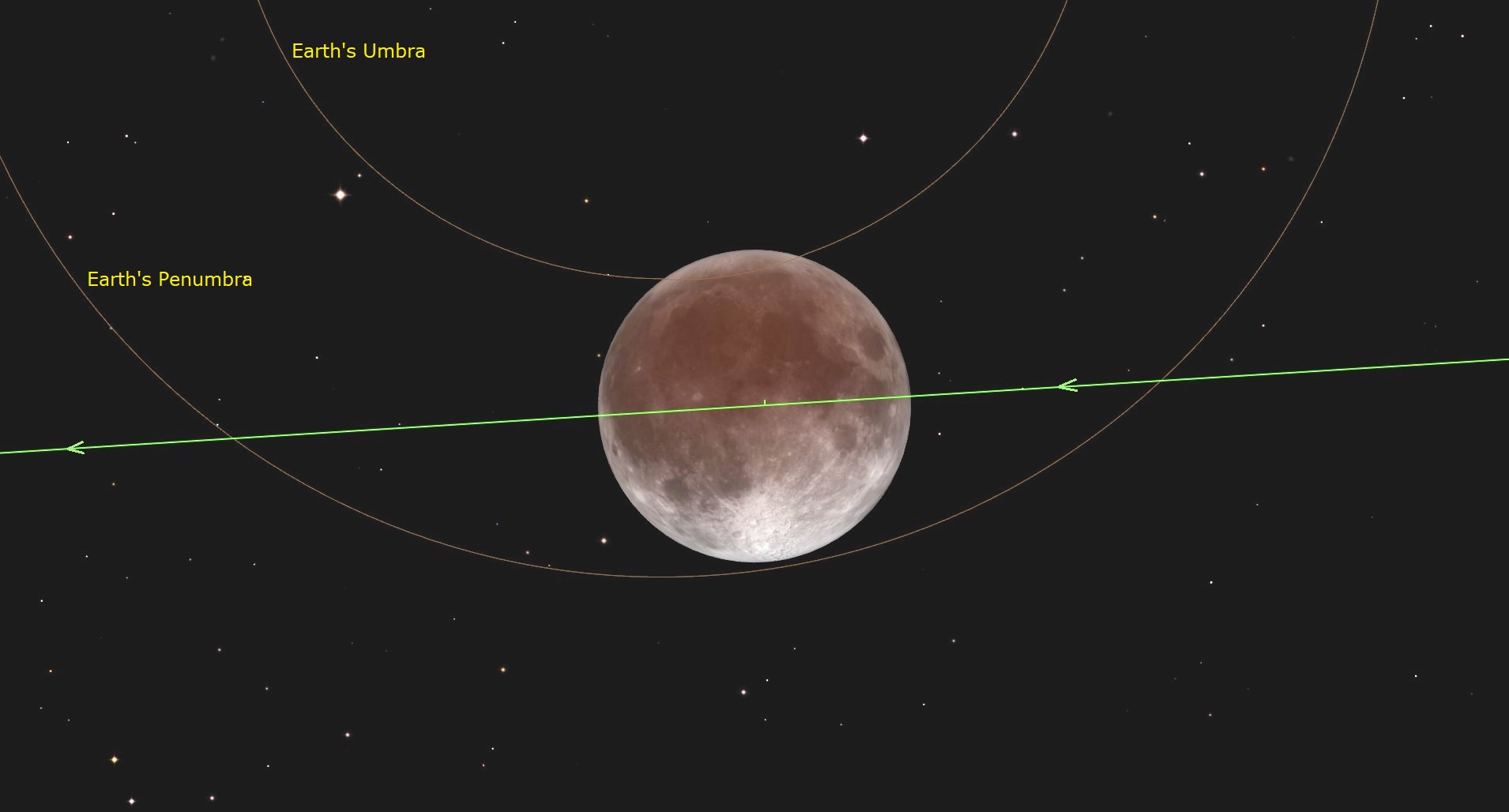
The timing of the partial lunar eclipse depends on one's location. For observers in the Eastern time zone of the U.S., the eclipse will enter its darkest phase when the moon is most covered by Earth's umbra around 10:44 p.m. EDT on Sept. 17.
Europe and Africa will see the eclipse during the pre-dawn hours on Sept. 18. For London, the eclipse will appear greatest around 3:45 a.m. BST on Sept. 18.
For a full list of partial lunar eclipse milestones for your viewing area, head to InTheSky.org and enter your location.
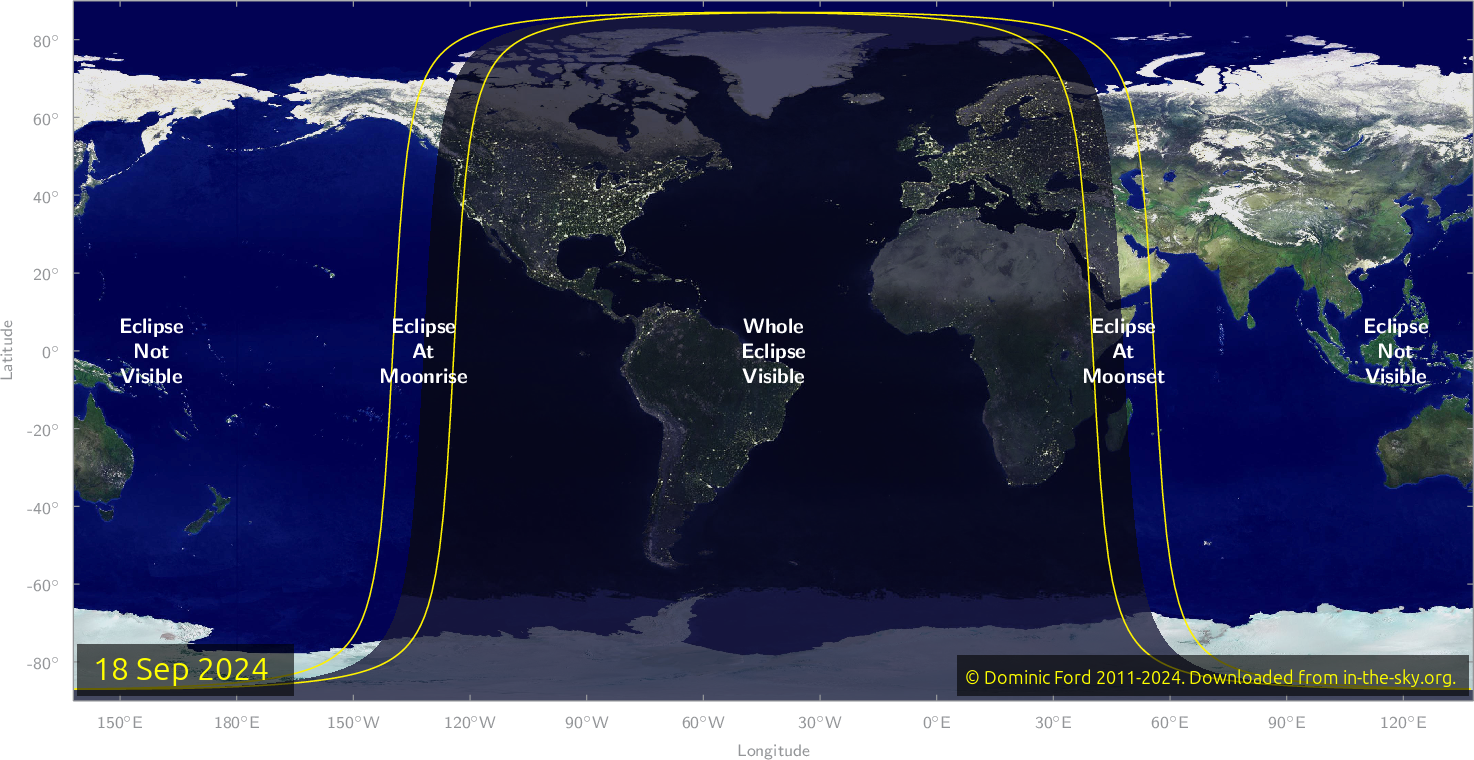
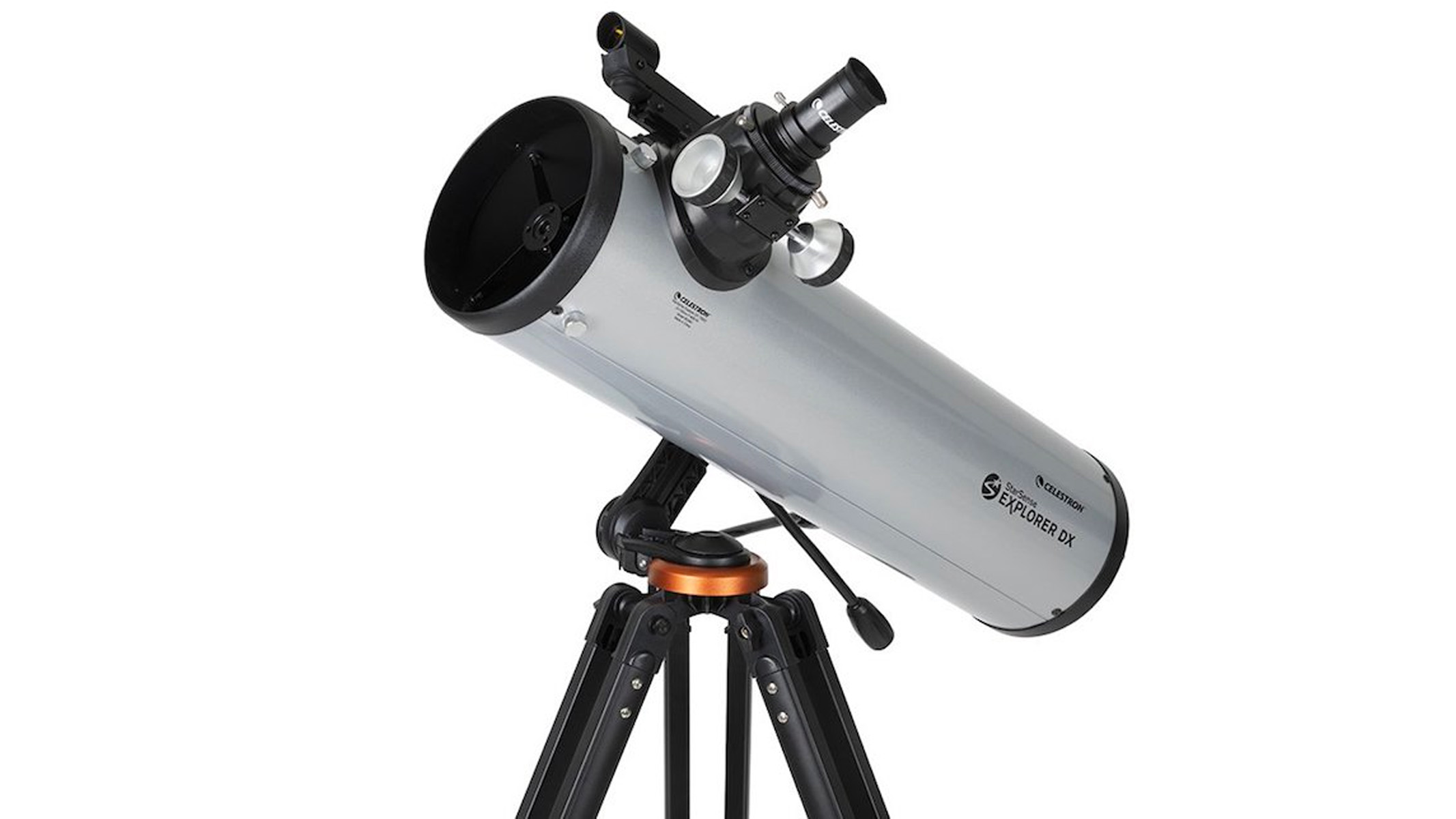
Looking for a telescope for the moon? We recommend the Celestron StarSense Explorer DX 130AZ as the best for basic astronomy in our best beginner's telescope guide.
No matter what night it is, the moon never disappoints through optics of any size. If you want to get a closer look at the moon's many features during lunar eclipses or at any other time, be sure to take a look at our guides to the best telescopes and best binoculars.
And if you want to capture photos of our natural satellite, we have tips for how to photograph the moon, as well as guides to the best cameras for astrophotography and best lenses for astrophotography.
Don't miss our night sky tonight page and monthly skywatching calendar for more celestial events to take in!
Editor's note: If you get a great picture of the moon during September's partial lunar eclipse, and would like to share it with Space.com's readers, send your photo(s), comments, and your name and location to spacephotos@space.com.


